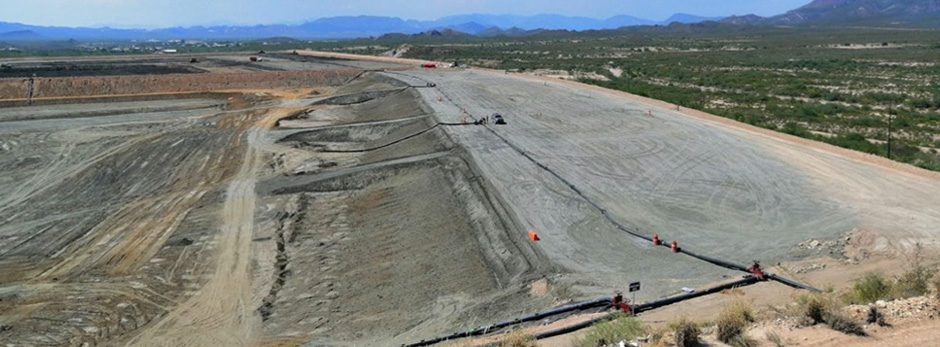ABSTRACT
Early in 2020, the Velardeña TSF3 developed long, longitudinal cracks along the crest of the starter dam during the construction of the first upstream raise. The construction was paused while the source of the cracking was investigated rendering the future of the facility uncertain. After compiling the construction and operational records, the constructed dam geometry was reviewed against the operational history to develop hypotheses related to the cracking mechanisms.
This motivated site investigation and the installation of geotechnical instrumentation installation to confirm potential cracking hypotheses. A modified raise approach was developed, along with critical controls and monitoring thresholds for the construction, the latter adapted to define the operational readiness paraments once resuming the disposition of tailings – forming an approach to which the observational method could be applied during construction and operation.
This paper will review the process applied at the outset of the project, the approach to assessing the operational integrity of the TSF and the modifications applied to the design to ensure the facility could continue operation in a safe manner.

